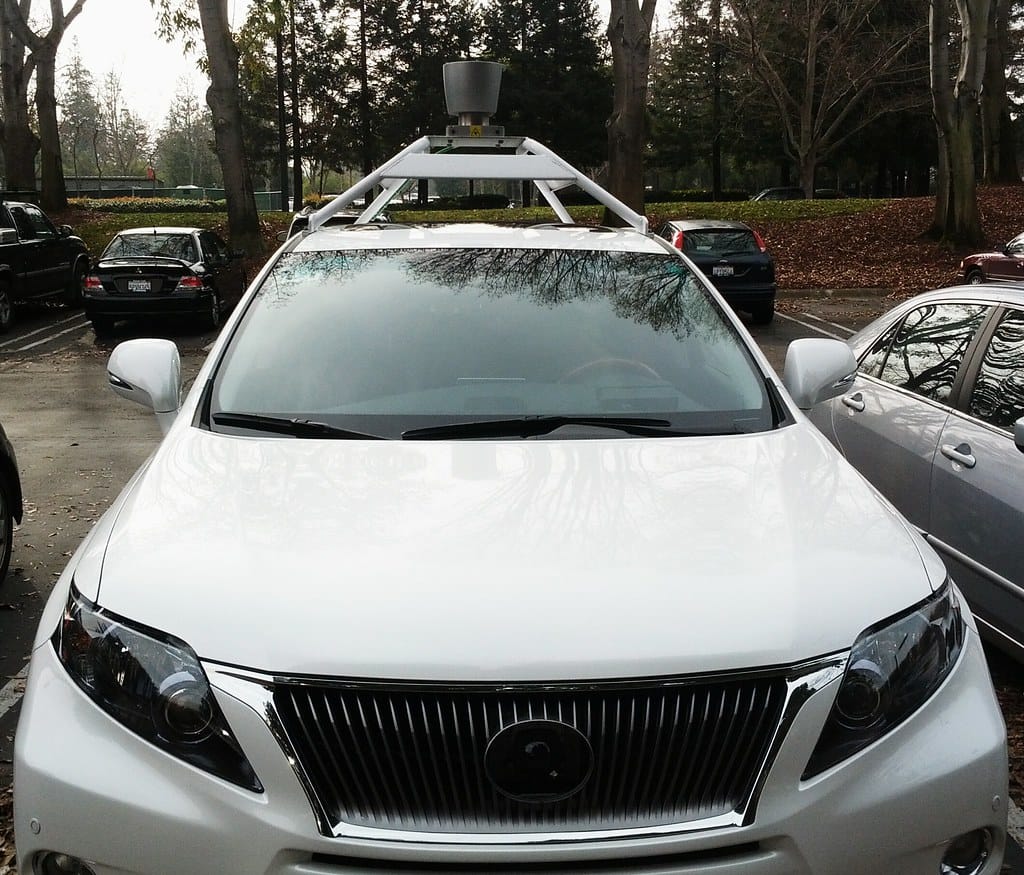Tesla Launches Fully Autonomous Robotaxi Service in Austin: The Future of Transportation Has Arrived
Tesla has officially launched its highly anticipated driverless robotaxi service in Austin, Texas, marking a pivotal moment in the autonomous vehicle revolution. The service, which began operations this week, represents the first commercial deployment of Tesla's Full Self-Driving (FSD) technology without human safety drivers, potentially reshaping urban transportation as we know it.
Austin Becomes the Testing Ground for Autonomous Future
The Texas capital was strategically chosen as Tesla's inaugural robotaxi market due to its tech-friendly regulatory environment and diverse urban landscape. Austin's combination of downtown density, suburban sprawl, and varied weather conditions provides an ideal testing ground for Tesla's autonomous systems.
Initial service coverage includes a 50-square-mile area encompassing downtown Austin, the University of Texas campus, and several surrounding neighborhoods. The fleet consists of 100 specially equipped Model Y vehicles, each featuring Tesla's latest Hardware 4.0 computer and enhanced sensor suite specifically designed for autonomous operations.
"This is the beginning of a new era," said Tesla CEO Elon Musk during the launch event. "We're not just changing how people get around – we're reimagining the entire concept of vehicle ownership and urban mobility."
How Tesla's Robotaxi Service Works
Passengers can hail a robotaxi through Tesla's dedicated mobile app, similar to existing ride-sharing platforms. The service operates 24/7, with vehicles capable of handling complex urban scenarios including construction zones, emergency vehicles, and unpredictable pedestrian behavior.
Each ride begins with a brief safety briefing displayed on the vehicle's interior screen. Passengers can monitor the journey through real-time visualizations showing what the car's AI systems are detecting and how they're making driving decisions. Emergency override buttons allow passengers to immediately connect with Tesla's remote operations center if needed.
The pricing structure undercuts traditional ride-sharing by approximately 30%, with base fares starting at $2.50 plus $0.85 per mile. Tesla attributes this competitive pricing to eliminating driver costs and optimizing vehicle utilization through AI-powered fleet management.
Safety Measures and Regulatory Approval
Tesla's path to regulatory approval involved extensive collaboration with the Texas Department of Transportation and the National Highway Traffic Safety Administration. The company completed over 10 million miles of autonomous testing in Austin before receiving commercial operation permits.
Each robotaxi is equipped with multiple redundant safety systems, including:
- Eight cameras providing 360-degree visibility
- Twelve ultrasonic sensors for close-proximity detection
- Forward-facing radar for long-range object detection
- Dual AI computing systems for real-time decision making
Tesla's remote monitoring center maintains constant oversight of the fleet, with human operators capable of taking control if unusual situations arise. The company reports that human intervention has been required in less than 0.1% of trips during testing phases.
Market Impact and Industry Response
The launch has sent ripples through the transportation industry, with ride-sharing companies Uber and Lyft seeing stock price volatility as investors assess the competitive implications. Traditional taxi services in Austin are already reporting decreased demand, particularly during off-peak hours when Tesla's robotaxis are most readily available.
Local officials project that widespread robotaxi adoption could reduce Austin's parking requirements by up to 40% over the next decade, freeing valuable urban space for housing and commercial development. The University of Texas has already announced plans to integrate Tesla's service into its campus transportation system.
However, concerns remain about job displacement for professional drivers. Austin's taxi and ride-share driver association estimates that 3,000 local drivers could be affected if robotaxi services expand rapidly.
Looking Ahead: Expansion Plans and Implications
Tesla plans to expand the Austin service area monthly, with statewide Texas coverage targeted by late 2024. The company has also filed applications for robotaxi permits in Phoenix, Miami, and Nashville, signaling aggressive expansion plans.
The successful Austin launch validates years of Tesla's autonomous vehicle development and positions the company at the forefront of the estimated $2 trillion autonomous vehicle market. Industry analysts predict that other automakers will accelerate their own robotaxi programs in response to Tesla's first-mover advantage.
The Road Ahead
Tesla's Austin robotaxi launch represents more than technological achievement – it's the beginning of a fundamental shift in how we think about transportation, urban planning, and vehicle ownership. While challenges remain around regulation, safety, and social acceptance, the future of autonomous transportation is no longer a question of if, but when and how quickly it will transform our cities.
For Austin residents, the future has arrived one robotaxi ride at a time.

